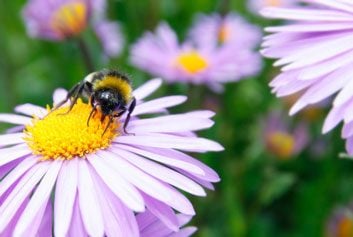How to treat a bee sting
Bees do wonderful things, but when your outdoor fun gets in their way and you get stung, here are five surefire steps to reduce the pain

Source: Image: Thinkstock
1. Remove stinger ‘ with caution
As quickly as you can, remove the stinger. Scrape it out as close to the skin as possible with a fingernail, credit card or knife. Don’t squeeze, use tweezers, or pull it out, because you’ll just release more venom.
2. Tenderize to reduce pain from venom
If you have meat tenderizers in the kitchen, make a past with ice water and apply it to the sting area for 10 minutes. The enzyme in the tenderizer (papain) will break down the venom. The same enzyme is in papaya, too. If you happen to have one handy, apply a small slice. If you don’t have either, apply toothpaste. It’s among the world’s best home remedies for bee-sting relief. Calamine lotion also works great.
3. Reduce inflammation with antihistamine
Take 25 to 50 milligrams of oral Benadryl. The antihistamine will help reduce your body’s attack against the venom, reducing swelling and itching.
4. Press on some ice
Apply ice wrapped in a cloth to the sting for 20 minutes at a time. The cold constricts blood vessels, slowing the spread of the venom, and numbs the pain and itching.
5. Look for allergic reactions
Watch for unusual swelling or difficulty breathing. Fortunately, less than 1 percent of people have severe allergic reactions to bee stings, and only 3 percent of people have moderate allergic reactions. But if you see swelling or difficulty breathing, head to the hospital immediately.
Don’t miss out! Sign up for our free weekly newsletters and get nutritious recipes, healthy weight-loss tips, easy ways to stay in shape and all the health news you need, delivered straight to your inbox.




